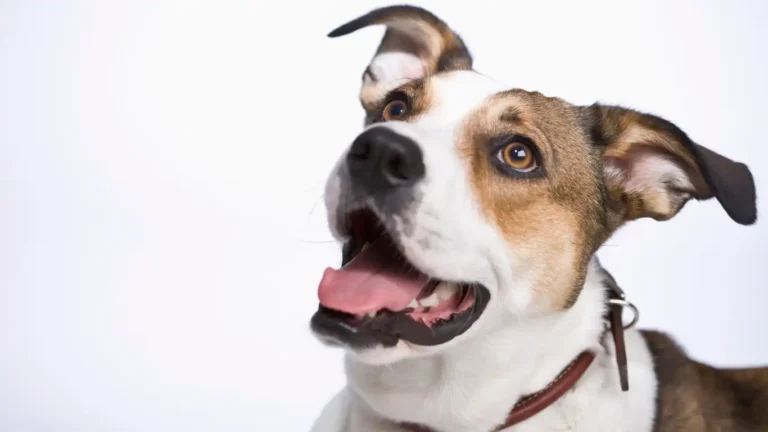Make Car Travel Easier for Anxious Dogs with These Simple Tips
Many dogs love a good car ride—head out the window, tongue flapping, tail wagging. But not all pups feel the same. For some dogs, car travel triggers anxiety, leading to shaking, whining, or even nausea. If your dog seems scared or uncomfortable in the car, you’re not alone. Helping your anxious dog travel more calmly is possible with a little planning and understanding.
Understanding Dog Anxiety in Cars
Dog anxiety is a natural response to stress or fear. In the car, it can be caused by unfamiliar movements, loud noises, or previous bad experiences. Just like people, dogs have a “fight or flight” response controlled by the brain. When they’re anxious, their body releases stress hormones like cortisol and adrenaline.
This stress response affects their heart rate, breathing, and even digestion. Over time, repeated stress can make car rides worse instead of better. That’s why understanding the source of your dog’s anxiety is key to helping them feel safe.
How Car Travel Affects a Dog’s Body and Brain
When your dog gets into the car, their brain is scanning the environment for danger. If they’ve had a negative experience before—like a trip to the vet or a long, bumpy ride—they might associate the car with stress.
The brain’s amygdala, which controls emotions like fear, gets activated. The body prepares to react: breathing speeds up, muscles tense, and digestion slows down. This can cause symptoms like panting, drooling, or vomiting. Over time, the stress response becomes automatic with every ride.
Dogs that experience motion sickness also suffer from a mismatch between what they see and what their body feels. This sensory confusion happens in the inner ear, and it can make nausea and anxiety even worse.
Common Signs of Travel Anxiety in Dogs
It’s not always easy to spot anxiety in pets. Here are some signs your dog might be uncomfortable or stressed during car rides:
- Shaking or trembling
- Excessive panting or drooling
- Whining, barking, or howling
- Trying to hide or escape
- Vomiting or diarrhea
- Licking lips or yawning repeatedly
- Refusing to get into the car
If you notice one or more of these signs consistently, your dog may be struggling with travel anxiety. These symptoms can be mild or severe, and they may change depending on the length or destination of the trip.
What Causes Car Anxiety in Dogs?
Several things can trigger a dog’s fear of riding in the car. Understanding the cause can help you find the right solution. Common causes include:
- Lack of early exposure: Puppies that don’t ride in cars often may grow up fearing them.
- Motion sickness: Nausea from movement can create negative associations with car rides.
- Trauma: A past accident or rough ride can make dogs wary of travel.
- Noise sensitivity: Loud engines or honking may stress out sensitive dogs.
- Vet or grooming trips: If the car always leads to unpleasant places, your dog may resist rides.
Sometimes, it’s a mix of causes. Even dogs that enjoyed car rides as puppies can develop anxiety later in life, especially after a bad experience.
Tips to Make Car Travel Easier for Your Dog
There’s good news: you can help your dog feel better about car rides. Here are some vet-recommended strategies to reduce anxiety:
- Start small: Begin with short, positive trips around the block. Praise and treat your dog after each ride.
- Use a crate or seatbelt: A secure travel crate or pet seatbelt can help your dog feel safe and prevent motion sickness.
- Make the car comfortable: Bring a familiar blanket or toy, keep the temperature cool, and reduce sudden stops or turns.
- Play calming music: Soft, steady music can help ease anxiety. Classical music or white noise often works well.
- Avoid feeding before trips: Travel on an empty or light stomach to reduce the chance of nausea.
- Desensitize slowly: Let your dog sit in the car without it moving. Offer treats and praise. Then start the engine without driving. Gradually build up to longer trips.
- Consider calming aids: Products like pheromone sprays, calming collars, or dog-safe supplements may help. Ask your vet what’s right for your pet.
With patience and consistency, many dogs learn to tolerate—or even enjoy—car travel again. Go at your dog’s pace, and try to end each ride on a positive note.
When to Ask for Help
If your dog’s anxiety is getting worse, or if they show signs of extreme distress, it may be time to involve a professional. Talk to your veterinarian if:
- Your dog refuses to enter the car at all
- They injure themselves trying to escape
- They vomit or have diarrhea on every trip
- You’ve tried training and calming techniques with no success
Your vet may suggest a full health check to rule out inner ear problems or motion sickness. They can also prescribe anti-anxiety medications or refer you to a certified dog behaviorist for more advanced help.
You don’t have to manage your dog’s anxiety alone. Professional support can make a big difference—and help your pup feel safer, calmer, and more comfortable on the road.
Final Thoughts
Car anxiety in dogs is more common than many people think. With some patience, training, and the right tools, most dogs can learn to feel more relaxed during travel. Start with small steps, stay consistent, and always keep your dog’s comfort in mind.
If you’re ever unsure about your dog’s symptoms or behavior, reach out to your vet. Together, you can create a plan that makes car rides safer and easier for both of you.





